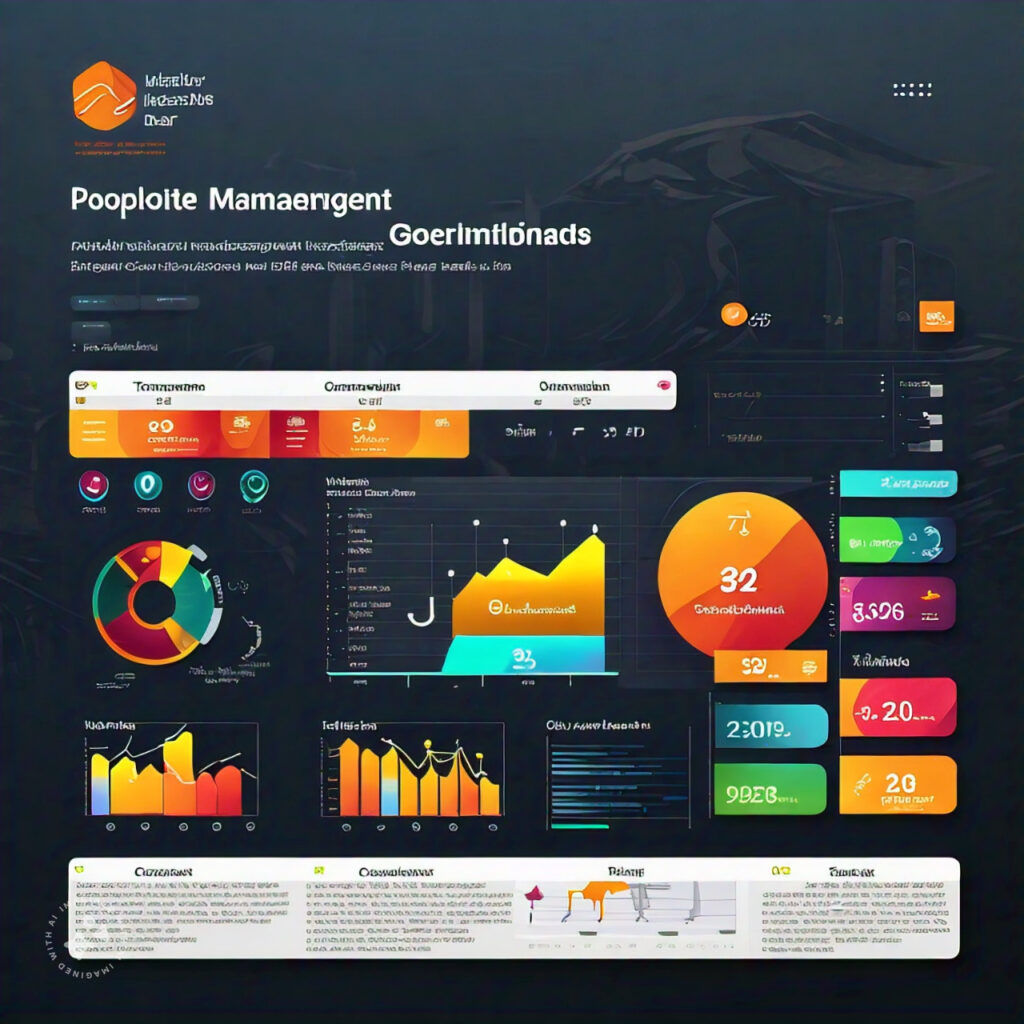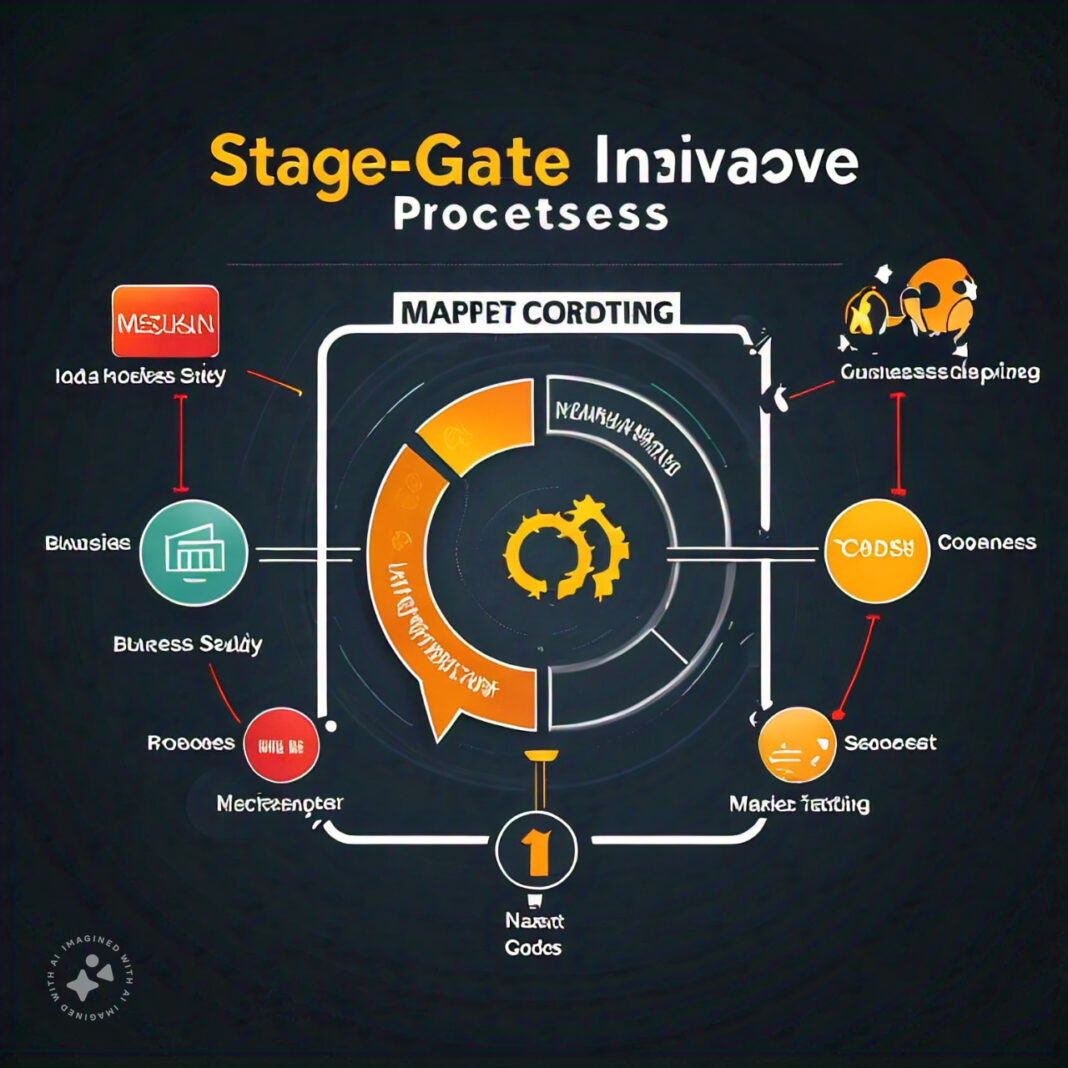Business today is very fast-moving. Companies have to be leading in innovation within their doors if they are to remain competitive and relevant. Companies that manage to handle their innovation projects are more likely to succeed over the long term. Portfolio management of innovation projects is one such important approach that helps an organization in prioritizing, balancing, and optimize its efforts of innovation.
The paper will discuss in detail the intricacies of innovation project portfolio management with the role, key elements, and best practices. You will get a comprehensive guide on how you can effectively manage a portfolio of projects in innovation to drive success and growth, whether you are a business leader, a project manager, or an innovation enthusiast.
Understanding Portfolio Management for Innovation Projects
1.1 What is Portfolio Management?
Portfolio management refers to the selection, prioritization, and management of a group of projects or investments aimed at realizing some organizational objectives. It is about managing portfolios of projects concerning the development of new products, services, or processes in innovation projects.
1.2 Why Is Innovation Portfolio Management Important?
Innovation portfolio management is important because it aligns innovation with the business strategy and manages the overall level of risk and reward across projects.
Optimizes resource allocation
- Enhances decision-making processes
- Improves the overall success rate of initiatives related to innovation
1.3 Difference Between Project and Portfolio Management
While project management deals with the delivery of individual projects successfully, portfolio management takes a broader perspective. It looks at how multiple projects interact with each other, compete for common resources, and contribute to overall business objectives.

- Key Elements of Innovation Portfolio Management
2.1 Strategic Alignment
The important thing is to ensure that innovation projects are aligned with the company’s overall strategy. This includes the definition of clear innovation goals, mapping projects to strategic objectives, and regular strategic fit review.
2.2 Project Selection and Prioritization
The selection of the right projects and their proper prioritization constitute the core of a portfolio management process. This will involve the creation of selection criteria, scoring models or decision matrices, and the proper balancing of short- and long-term projects.
2.3 Resource Allocation
Effective allocation of resources across the portfolio: This would involve resource demand assessment for all projects, resource leveling across all projects in the portfolio, and detection and resolution of resource conflicts.
2.4 Risk Management
Risk management at the portfolio level is critical to any innovation’s success. It involves the identification and assessment of risks for every project, balancing high-risk and low-risk projects, and the development of risk mitigation strategies.
2.5 Performance Monitoring and Reporting
To enable better decision-making, track the performance of the innovation portfolio. This would involve the following steps:
- Definition of KPIs
- Processes for regular reporting and review
- Portfolio management software to track and visualize performance
- Managing an Innovation Portfolio – The Process
3.1 Strategy Development
The process of managing an innovation portfolio begins with the formulation of a crystal clear strategy for innovation. This would consist of:
- Clearly defining innovation goals and objectives
- Identification of target markets and technologies
- Innovation strategy alignment with overall business strategy

3.2 Idea Generation and Capture
Innovative ideas should be encouraged and captured. This is done through:
- Brainstorming sessions
- Idea management systems
- Open innovation platforms
3.3 Idea Screening and Evaluation
Not all ideas should be projects. Screening, which includes:
- Initial feasibility assessments
- Alignment with strategic goals
- Preliminary market and technical evaluations
3.4 Project Selection and Prioritization
The selection of projects to pursue is a critical decision. This stage includes:
Detailed project candidate assessment
Criteria for selection, scoring models
Balancing the portfolio across multiple dimensions (e.g., risk, time to market, target market)
3.5 Resource Allocation and Project Execution
Once a project has been selected, the resources must be allocated effectively. This involves:
- Team allocation
- Budget allocation
- Definition of project schedules and milestones
- Application of project management methodologies
3.6 Portfolio Review and Optimization
Regular portfolio reviews ensure the continuance of balance and alignment with the chosen strategy. These include
- Reviewing and assessing the portfolio regularly
- Re-allocation of resources to projects based on priority
- Cancellation of projects that are not meeting their objectives
3.7 Learning and Adaptation
Innovation without constant learning and adaptation cannot survive in the long term. Some of the activities that take place include:
- Lessons learned and post-project review
- Refining the criteria for selection and the selection process
- Changes in market conditions can be incorporated into the redefinition of the portfolio strategy.
- Tools and Techniques for Innovation Portfolio Management
4.1 Portfolio Maps
These are some visual graphs that assist in the decision-making process. Some common maps are:
- Risk-reward matrix
- Growth-share matrix
- Innovation ambition matrices
4.2 Scoring Models
Scoring models provide the capability to objectively appraise and compare projects. This may include:
Weighted scoring models
Analytic Hierarchy Process
Multi-criteria decision analysis

4.3 Financial Models
Financial tools evaluate innovation projects for expected value creation, which includes:
Net Present Value
Internal Rate of Return
Real Options Analysis
4.4 Portfolio Management Software
Specialist software significantly matures the portfolio management capabilities, which include:
Project and portfolio tracking
Resource management
Reporting and analytics
- Balancing the Innovation Portfolio
5.1 Types of Innovation Projects
A balanced portfolio should contain a mix of:
- Incremental innovations, that is, small improvements to existing products/services
- Adjacent innovations, that is, expanding into new markets or customer segments
- Transformational innovations, that is, the creation of completely new markets or business models
5.2 Time Horizons
There must be a balance between short and long-term projects:
- Horizon 1: Improvement in the core business (0-2 years)
- Horizon 2: Exploiting emerging opportunities (2-5 years)
- Horizon 3: Blue-sky research (5+ years)
5.3 Risk Levels
The management of risk across the portfolio includes:
- Low-risk, high-probability projects
- Medium-risk projects with good potential
- High-risk, high-reward “moonshots”
5.4 Resource Allocation
The effective distribution of resources is paramount:
- Core business vs. new ventures
- Different product lines or market segments
- Various technologies or platforms
- Challenges in Innovation Portfolio Management
6.1 Overcoming Organizational Silos
Innovation typically requires collaboration across functions. The challenges in this respect are:
- Breaking down departmental barriers
- Encouraging knowledge sharing
- Aligning incentives across teams
6.2 Dealing with Uncertainty
Innovation projects inherently contain uncertainty. Managers need to:
- Apply flexible approaches to planning
- Adopt scenario planning methods
- Apply stage-gate processes in project evaluation
6.3 Reconciling Short-term and Long-term Objectives
Pressure for short-term results can eclipse considerations of long-term innovation. The solutions are to:
- Communicate expectations to stakeholders
- Apply long-term funding arrangements
- Celebrate small wins in long-term projects
6.4 Managing Stakeholder Expectations
Stakeholders have different expectations. The manager should:
- Communicate the strategy and portfolio decisions
Involvement of key stakeholders in the decision-making process
Preparation of regular portfolio performance and adjustment reports
- Best Practice in Innovation Portfolio Management
7.1 Clearly Define Governance
Clearly defined roles and clearly defined processes for decision-making:
Define Roles and Responsibilities
Establish a portfolio review board
Clearly defined, highly transparent criteria for decision-making
7.2 Establish Culture of Innovation
Establish a culture that will let innovation thrive:
Take calculated risks and learn from your failures
Recognition and reward of innovations
-Allow time and resources to explore
7.3 Use Data-Driven Decision Making
Utilizing data can dramatically improve portfolio management:
- Establish robust data collection procedures
- Apply analytics to identify trends and patterns
- Make decisions based on objective criteria and evidence
7.4 Resilience
The ability to react to moving circumstances cannot be overstated:
- Review and realign the portfolio periodically
- Be prepared to kill off the projects that aren’t producing
- Stay current with the market trends and understand emerging technologies
7.5 Stress Continual Learning
It is from the successes as well as the failures that valuable experience for long-term success can be learned:
- Review projects at their completion.
- Ensure knowledge sharing across the organization regarding lessons learned.
- Refine the portfolio management process ongoingly.
Conclusion
Portfolio management for innovation projects is a complex but very relevant component of modern business strategy. Balancing resources against available capacity, managing risks, and orienting projects toward strategic goals—each independently significantly raises the probability of innovation success in an organization.
A successfully managed innovation portfolio will ensure that one overview is maintained for all projects, decisions are based on facts, and an organization receptive to innovation is in place. That means a delicate balance between structure and flexibility, between short-term results and long-term views, and between incremental and transformational improvements.
The accelerating evolution of the business landscape means that, more than ever before, it will be critical to manage the innovation portfolio as an art and a science. Any organization that can manage its innovation portfolio effectively will be better placed to navigate uncertainties, capture new opportunities, and be positioned for sustainable growth in the years ahead.
The following strategies, tools, and good practices will be put forward to help business leaders and innovation managers create more value from innovation, hence becoming more competitive and successful in the marketplace.






